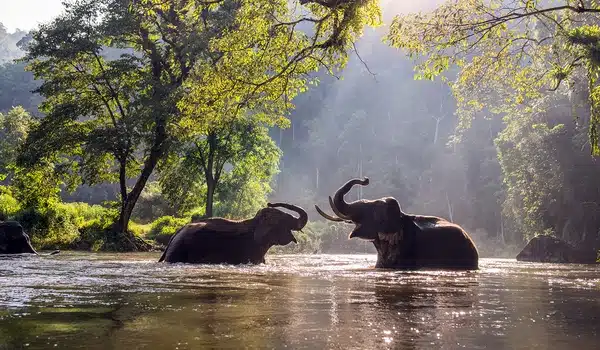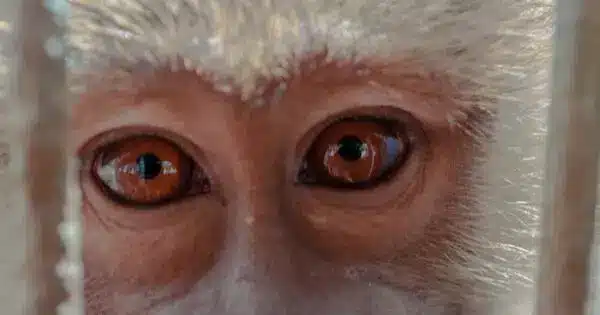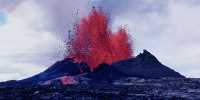Assessing emotions in wild animals is a difficult task for a variety of reasons. Even in humans, emotions are subjective experiences that are difficult to quantify directly. The problem is exacerbated when it comes to wild animals because we cannot communicate with them in the same way that we can with humans.
Dr Andrea Harvey, a veterinarian and animal welfare scientist in the University of Technology Sydney’s TD School, has developed a world-first holistic framework for assessing the mental and psychological well-being of wild animals.
The study’s significance stems from its potential to revolutionize conservation efforts. Rather than focusing solely on population size and reproductive success, the study investigates the quality of life experienced by wild animals. This shift in perspective has the potential to provide critical early warning signals about species threats and population declines, leading to more effective conservation strategies.
“While there has been extensive research on the welfare of domestic and farm animals, including indicators of emotional states such as stress, pain, and fear, my goal is to bridge the gap by examining the individual lives, feelings, and mental experiences of wild animals,” Dr Harvey explained.
“A deeper understanding of the wellbeing of wild animal populations can not only enhance conservation efforts, but also provide an indication of the state of the natural environment and its recognised links to human health and wellbeing.”
Nutrition, the physical environment, health, and behavioral interactions all provide information about an animal’s mental experience. This includes negative emotions like thirst, hunger, heat and cold discomfort, pain, fatigue, anxiety, and fear, as well as positive emotions like satiety, exercising agency, physical vitality, and positive social interactions.
Dr. Harvey
The study, conducted as part of Andrea’s PhD research at the UTS Centre for Compassionate Conservation, focuses on brumbies (free-roaming wild horses) in Australia’s alpine regions, but the framework is broadly applicable to evaluating many wildlife species.
Dr. Harvey chose brumbies because horse welfare in domestic environments has been studied, providing a link to wild animals. The study, Mental Experiences in Wild Animals: Scientifically Validating Measurable Welfare Indicators in Free-Roaming Horses, was published in the journal Animals recently. The ’10 Stage Protocol,’ her comprehensive conceptual framework, includes physical and behavioral indicators for both negative and positive mental experiences in wild animals.
“If you have a dog, you know their usual routine, what they like, and how they behave in certain circumstances. You know if they’re happy, sad, or distressed, so this research is shifting that understanding to wild animals. We can never be certain what’s going through an animal’s mind and exactly what they’re feeling. It’s also an area that scientists have traditionally shied away from. However, we know mental experiences arise from physical states, and we can directly measure these states.”

“Nutrition, the physical environment, health, and behavioral interactions all provide information about an animal’s mental experience. This includes negative emotions like thirst, hunger, heat and cold discomfort, pain, fatigue, anxiety, and fear, as well as positive emotions like satiety, exercising agency, physical vitality, and positive social interactions.”
To interpret the data collected and gain insights into wellbeing, this holistic approach brings together different areas of scientific knowledge, such as neuroscience, behavior, and neuroethology (the study of the neural basis of an animal’s natural behavior).
Dr. Harvey is currently working with researchers to study Australian water birds like the straw-necked ibis and pelicans. These birds serve as indicators of water quality and wetland health, which could help guide Murray Darling Basin management decisions.
The welfare of koalas, which have been designated as endangered in NSW, is also being investigated. Previous koala research has primarily focused on survival and disease. Dr. Harvey’s research aims to assess overall koala well-being in order to inform conservation and habitat protection policy decisions.
Dr Harvey is also working with other researchers studying the welfare of kangaroos and dingoes at a field station in southern Queensland, focusing on the predator-prey relationship, and the impact of climate change and drought recovery. Each species presents unique challenges, such as identifying individuals, evaluating mental experiences in large populations, and considering different environments and habitats.
Dr. Harvey recognizes the difficulties in studying the mental experiences of wild animals versus domesticated animals. The lack of close human relationships with individual animals, as well as the difficulty of observing them for extended periods of time, pose significant challenges. Innovative methods, such as remote camera traps, have proven useful in gathering fine-grained data on wild animal behavior, such as body posture and facial expressions.
By shedding light on the mental experiences of wild and endangered animals, Dr. Harvey’s groundbreaking research has the potential to transform the field of conservation biology.















